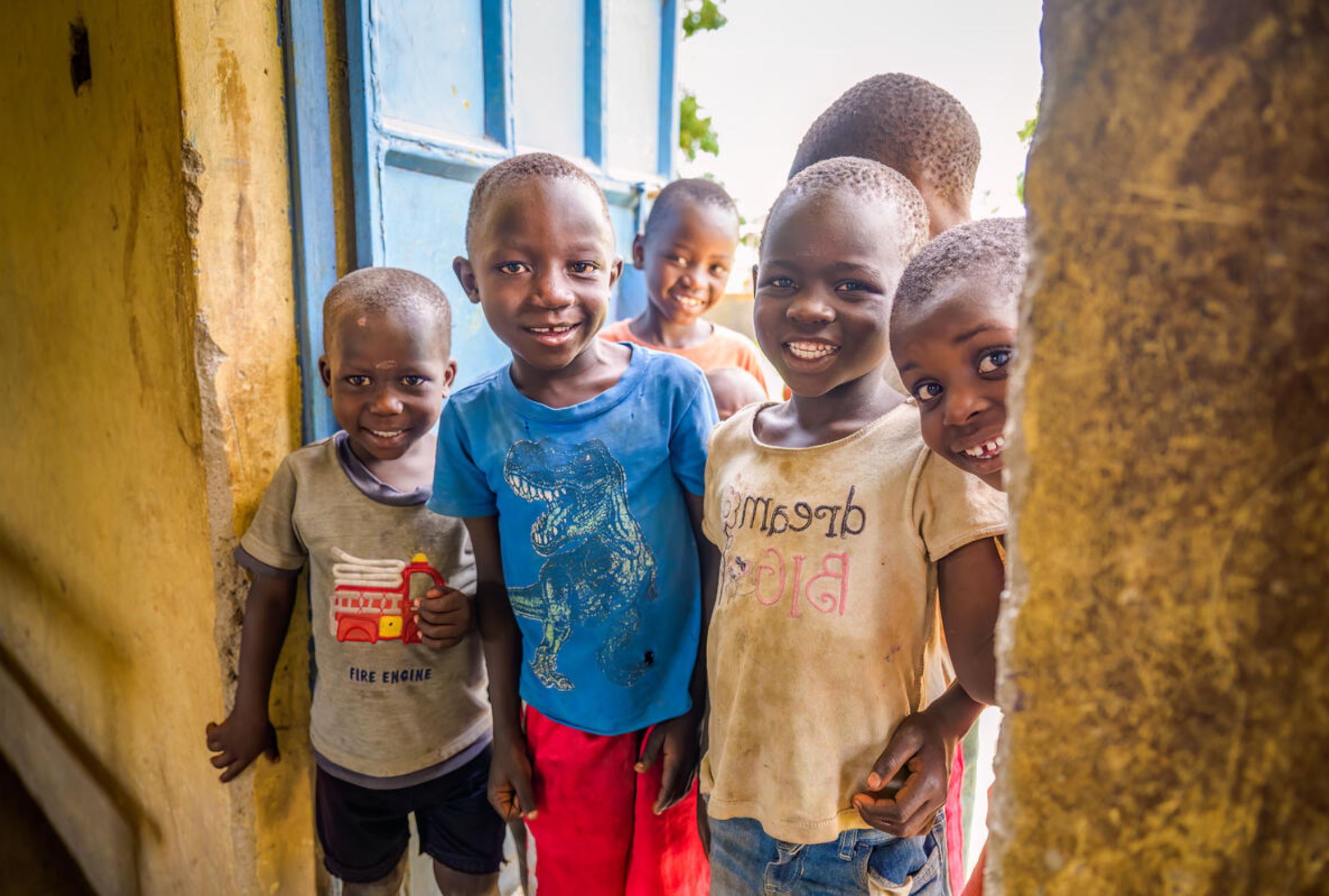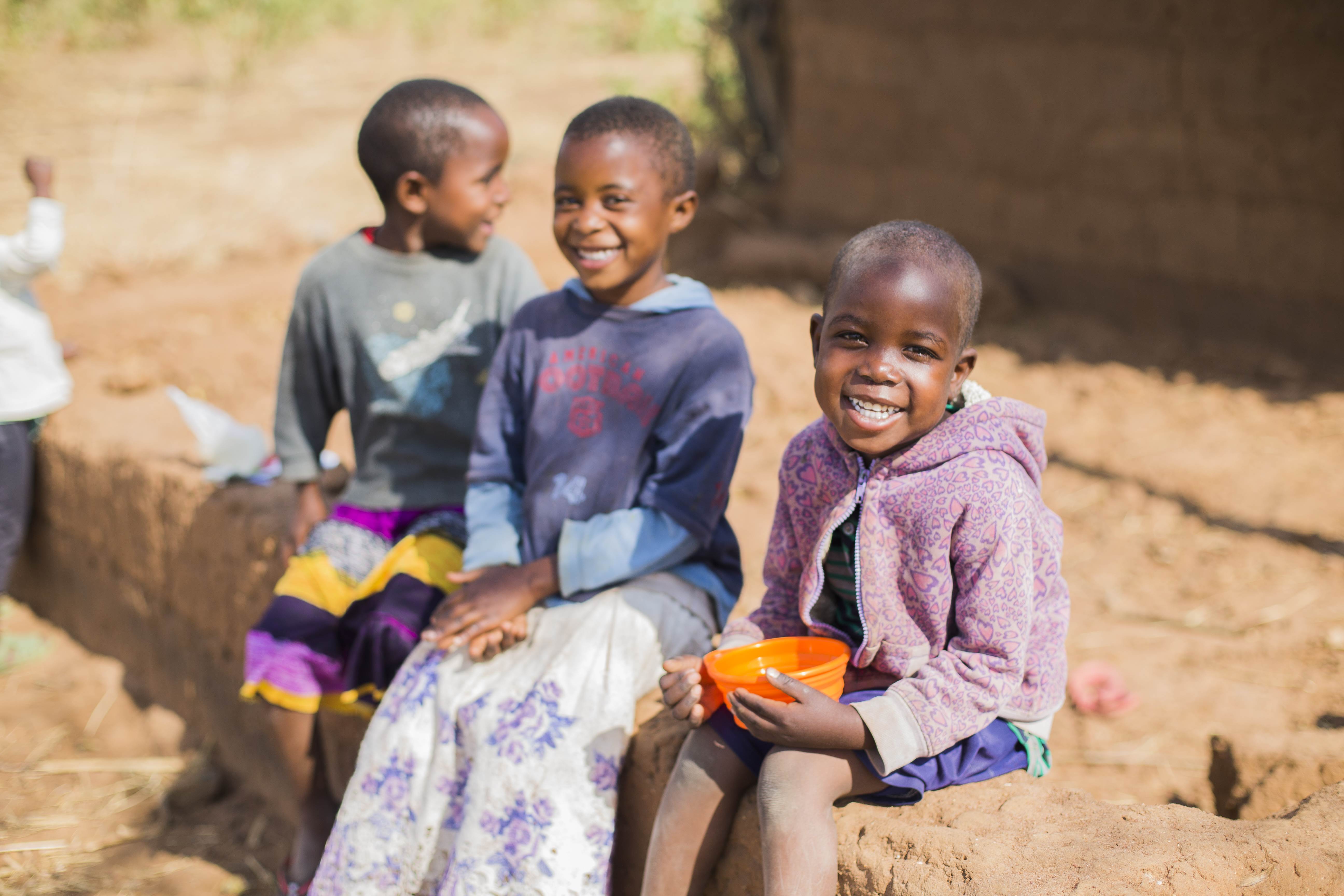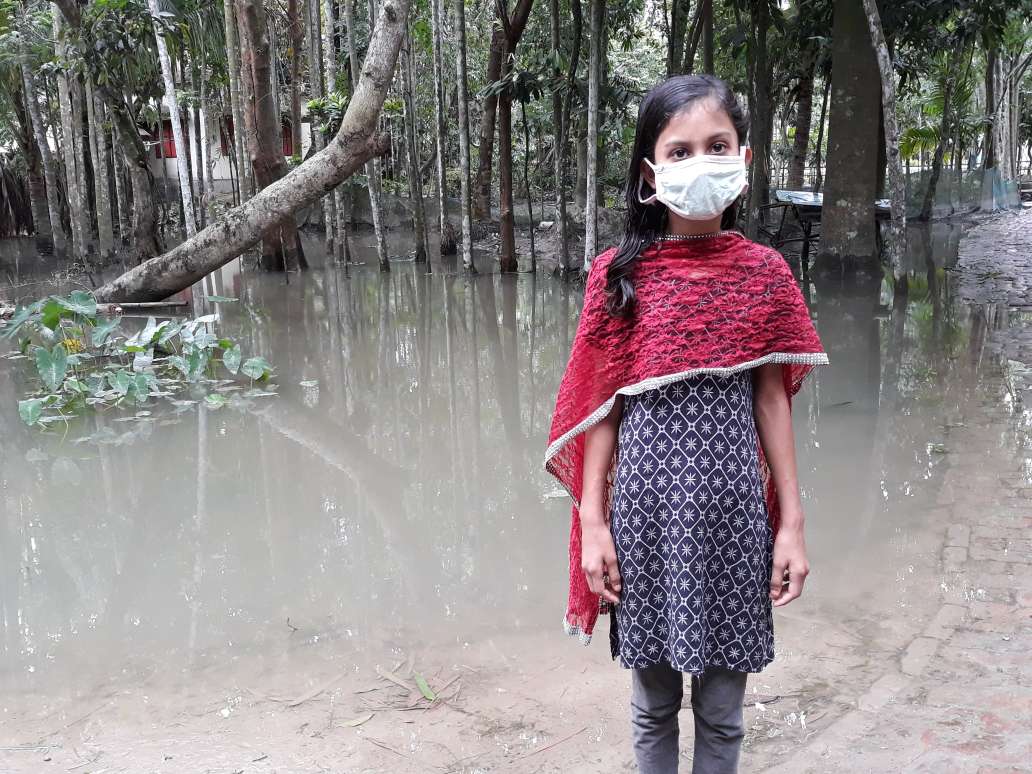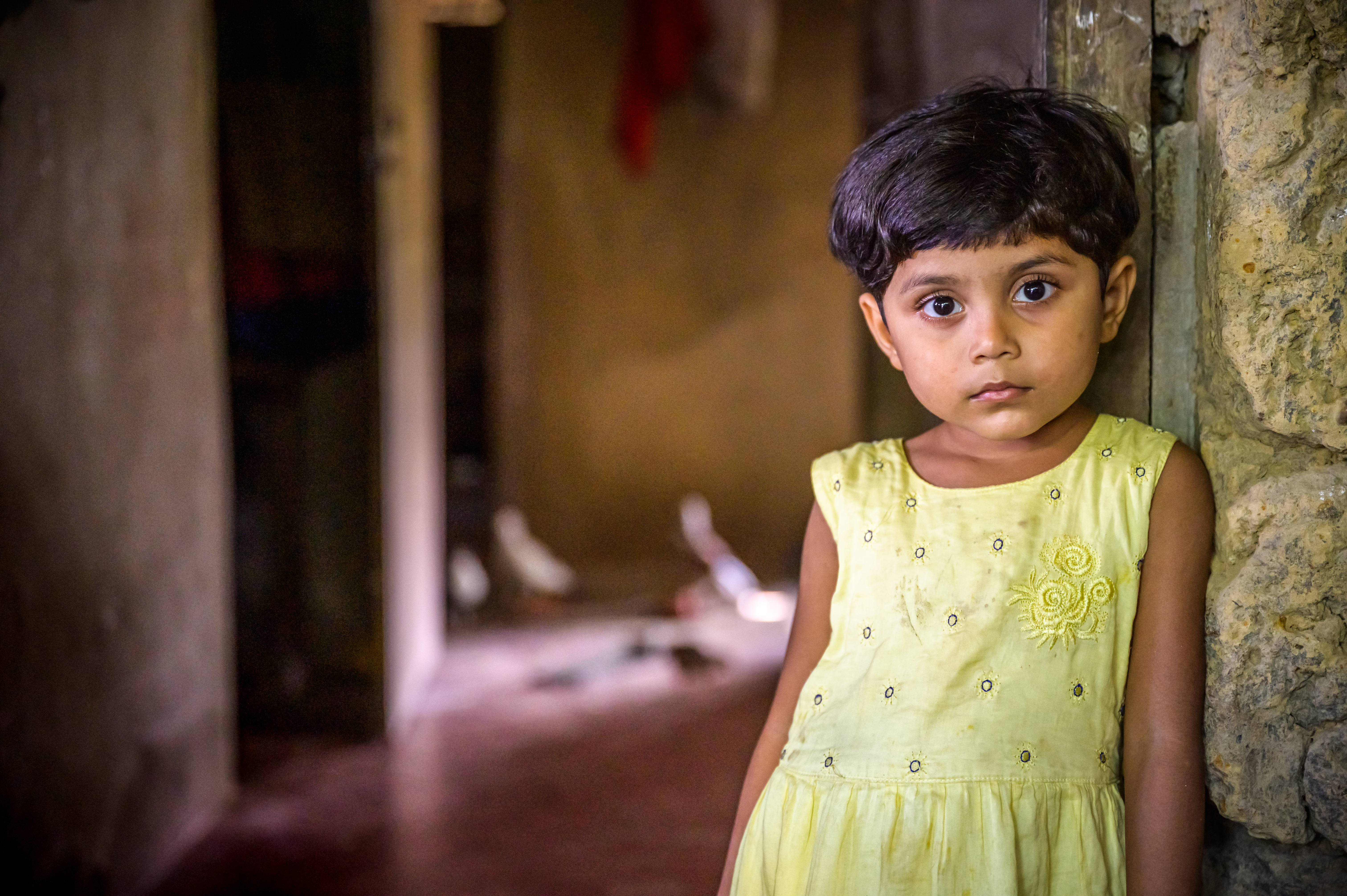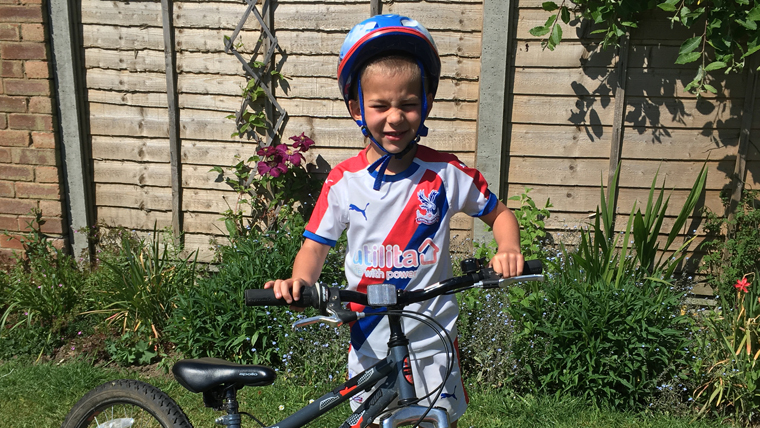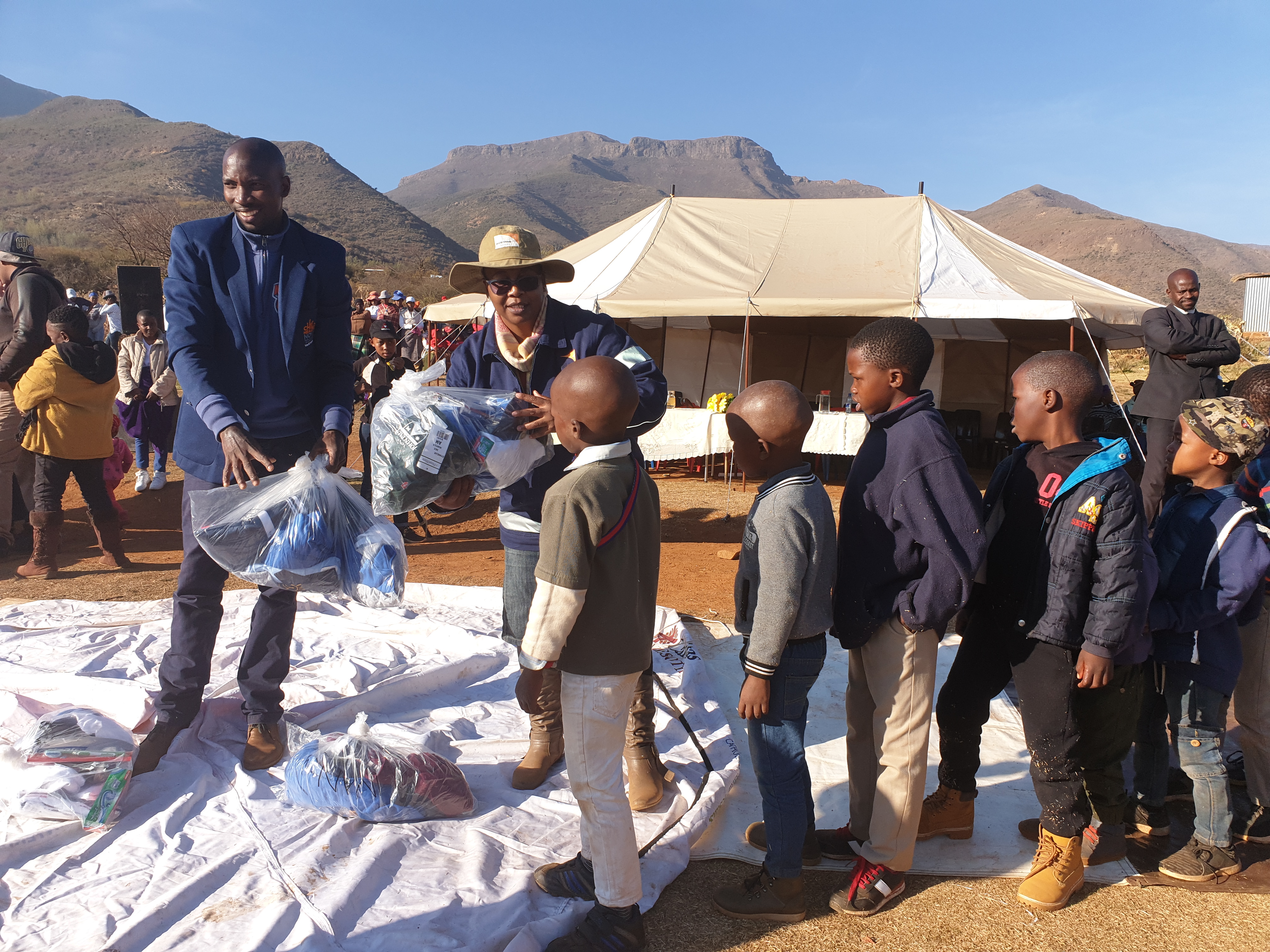
How is child poverty measured?
Wondering how child poverty is measured in the UK and globally?
How is child poverty measured in the UK?
The standard measure for poverty globally is by income, looking at those who fall into either absolute poverty (earning under $1.90 a day – roughly £1.40) or relative poverty (earning less than 60% of the UK’s median income). This is a measure the UK used for a long time, as it gave a clear black-and-white line, either you are in absolute poverty or relative poverty, or you are not.
When it comes to children, their poverty status is deemed by the household they live in, so if their parents or guardians are living in poverty, they too will be seen to be living in poverty.
However, in 2012 this all changed as the UK Government reformed its measures of child poverty in order to fully encompass all children living at a disadvantage in the UK, and not just those with minimal income.
Explaining this decision, their report, Measuring Child Poverty: A consultation on better measures of child poverty, details: “We need to think differently about child poverty. It cannot be right that experiences so vital to childhood, like seeing a parent go out to work or growing up in a stable family, are not reflected in our understanding of child poverty. Only through a better representation of the reality of children’s lives will we truly know how many children are in poverty in the UK.
That is why we are consulting on a new measure of child poverty. This measure must reflect what it means to grow up experiencing deep disadvantage, just as our policies must address the root causes of poverty.”
Currently, there is still no official measure of child, adult, or pensioner poverty in the UK. This means that the answer to the question ‘how is child poverty measured in the UK?’ is simply that, right now, it’s not really. Without a tracking framework in place, poverty rates and progress are hard to measure and so, the Social Metrics Commission are working hard to advise the government to take action.
Since 2016, the Social Metrics Commission reported to the government on poverty rates in the UK and poverty measures apart from income that can be used to not only realise the full situation in the UK but help advise solutions. Some of these considerations include families where people are not working full-time, families with no formal qualifications and families who are behind on paying bills, as well as many more.
You can read their most recent report, Measuring Poverty 2020, on their website.
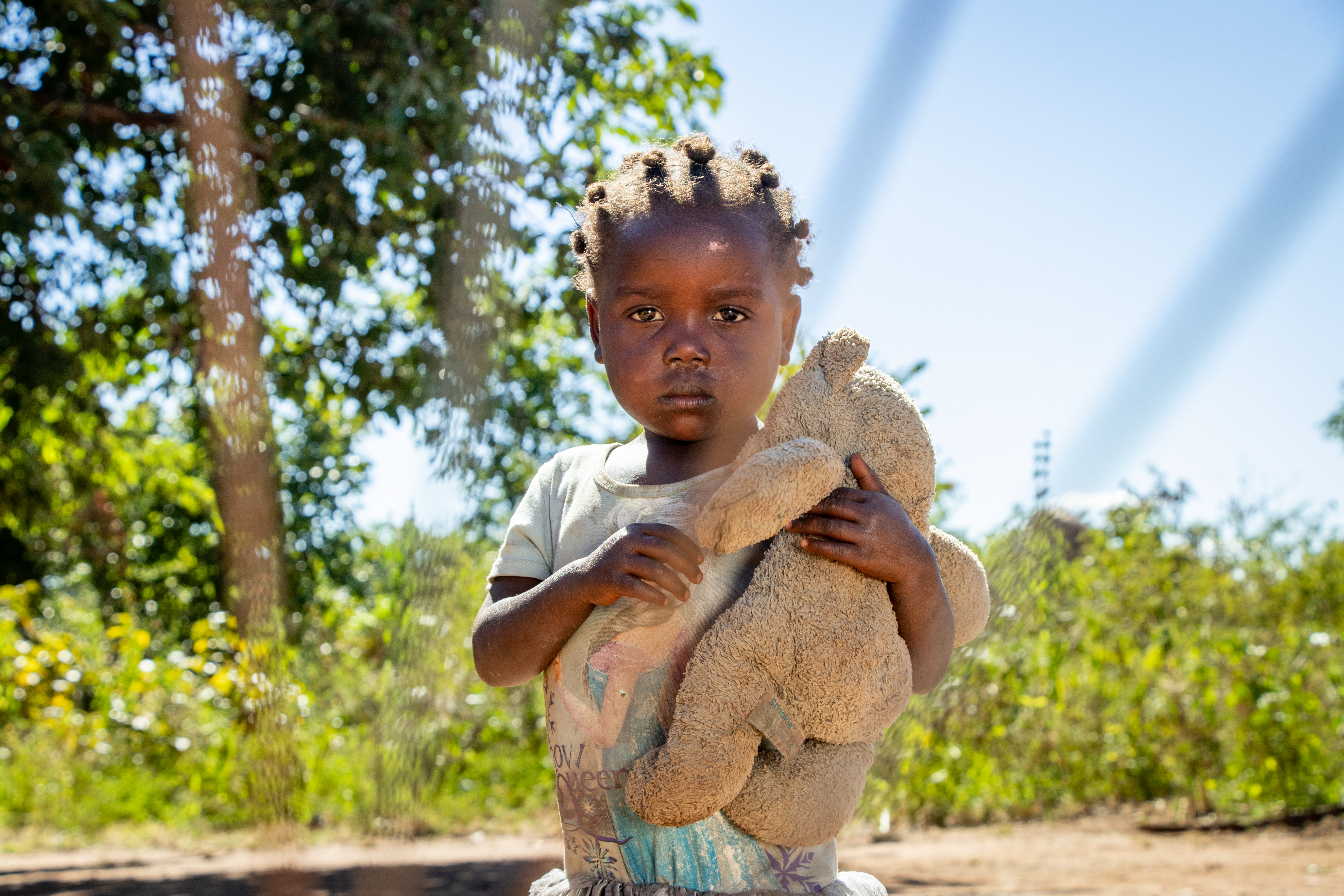
How is child poverty measured globally?
When looking globally at how poverty is measured, again, monetary measures take precedent and offer an insight into the amount families are taking home, showing who is living below the poverty line. Just as in the UK, every country has its own unique ways to look at poverty and find solutions to the problem. And, with children, it’s a case of the household they are in, and the household income being received each month.
UNICEF released a report in 2012 looking at child poverty in the richest countries in the world, not exploring income, but instead exploring factors which are caused by living in a household in poverty. This included 24 factors such as whether a child gets three meals a day, fresh fruit and vegetables, has an internet connection, properly fitting shoes, and more. Each country was scored by how many children did not have access to two or more of those factors. The percentage of children experiencing that was then compared to those living in relative poverty and shows that there is a dramatic difference between children being deemed monetarily poor and those experiencing the symptoms of poverty, just as the UK Government has been exploring.
How can you help break the cycle of child poverty?
At World Vision, we work tirelessly day after day to break the cycle of child poverty and help children fulfil their God-given potential. By supporting us, you enable us to work with more children and communities around the world, helping families out of poverty and to live happier lives.
For those who prefer a more personal touch, you can sponsor a child today and follow their journey, helping them achieve their goals and getting regular updates on their progress.

